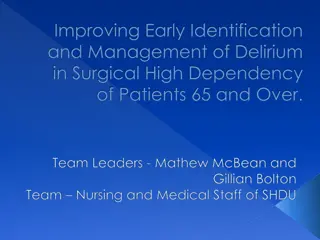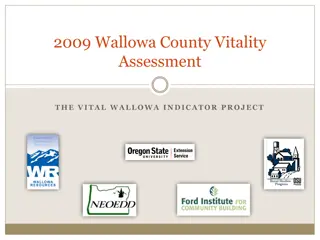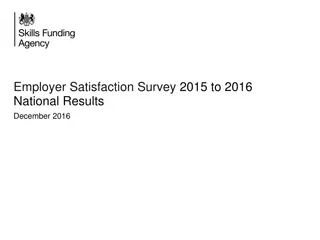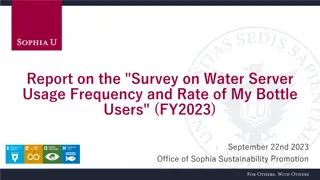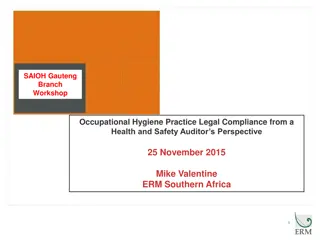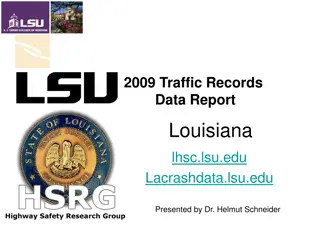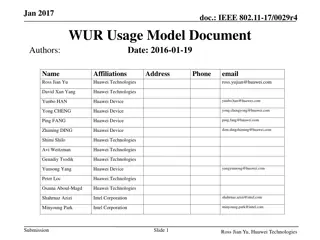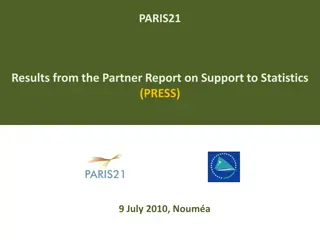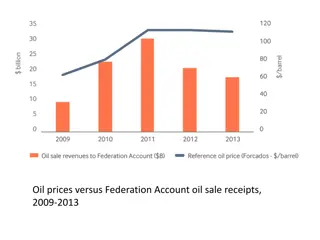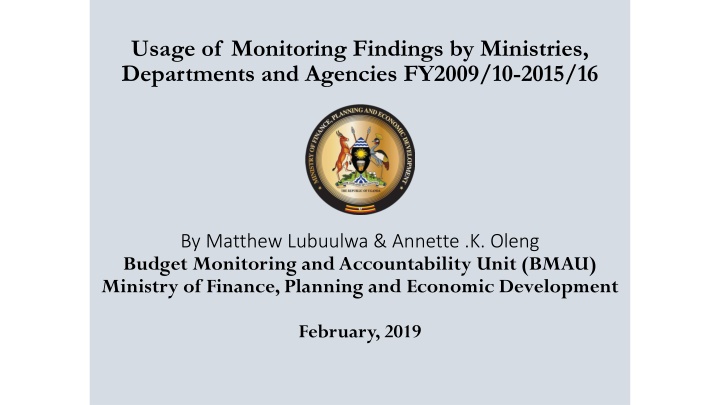
Enhancing Government Program Monitoring in Uganda: Insights from BMAU Reports
Explore the utilization of monitoring findings by ministries in Uganda from 2009/10 to 2015/16 as highlighted in a study by Matthew Lubuulwa & Annette K. Oleng from the Budget Monitoring and Accountability Unit. The research delves into the background, rationale, methodology, key findings, reasons for inaction, and practical conclusions regarding the adoption of recommendations, offering valuable lessons for stakeholder engagement.
Download Presentation

Please find below an Image/Link to download the presentation.
The content on the website is provided AS IS for your information and personal use only. It may not be sold, licensed, or shared on other websites without obtaining consent from the author. If you encounter any issues during the download, it is possible that the publisher has removed the file from their server.
You are allowed to download the files provided on this website for personal or commercial use, subject to the condition that they are used lawfully. All files are the property of their respective owners.
The content on the website is provided AS IS for your information and personal use only. It may not be sold, licensed, or shared on other websites without obtaining consent from the author.
E N D
Presentation Transcript
Usage of Monitoring Findings by Ministries, Departments and Agencies FY2009/10-2015/16 By Matthew Lubuulwa & Annette .K. Oleng Budget Monitoring and Accountability Unit (BMAU) Ministry of Finance, Planning and Economic Development February, 2019
Outline of Presentation Background Rationale Methodology Key Findings Reasons for inaction Conclusion and lessons for practice 2
Background Background The Budget Monitoring and Accountability Unit (BMAU) tracks the performance of 10 sectors: Agriculture, Education, Energy, Health, ICT, Industrialization (Science Technology and Innovations), Microfinance; Roads, Water and Sanitation, and Public Sector Management. Focus is on the extent to which the budgets, planned outputs and outcome targets are achieved. Attention is on the change in sector indicators listed in the National Development Plan II, Sector Development Plans, and budget framework papers. 3
Rationale Rationale Strengthening the monitoring of government of Uganda programmes/projects is one of the many Reforms witnessed in the past decade (2007/8-2016/17) . The BMAU products have been used by some Ministries, Agencies, and Departments (MDAs), resulting in some improvement in implementation of public programmes. However, there is need to step up demand for, and usage of BMAU findings by various stakeholders and devise means for further improvement in engagement techniques. The BMAU needed to assess the extent to which recommendations they make are being adopted and acted upon by the various sectors. 4
Methodology Methodology A rapid assessment was conducted from April to May 2016 to determine the extent to which MDAs in the 9 of the 10 monitored sectors adopt and apply the findings and recommendations given in BMAU reports between FY2009/10 and FY2015/16. The study utilised both primary and secondary data sources. Primary data involved seeking feedback from Accounting Officers and project managers/implementers on the utility of BMAU issues raised and action taken on recommendations Secondary data involved review of BMAU reports from FY2009/10 to FY2015/16, management responses from MDAs and subsequent performance reports among others. Purposive sampling procedure was used to select the respondents in the exercise.
Summary findings by sector Summary findings by sector Total recommendations 50 15 30 17 14 18 No. Adopted recommendations 38 7 20 10 8 12 46 7 12 Percentage adoption 76 47 66 59 57 67 68 64 63 Sector Agriculture Education Energy Health ICT Industrialisation Public Sector Management 68 Roads (Works & transport) 11 Water & Environment 19
Reasons given for inaction towards the findings included Some recommendations involve coordination between two or more MDAs. This compromises a single MDA s enforcement of the recommendations. Some recommendations were only actionable by the donors and private firms,thus limiting a single MDA s enforcement. Lack of supportive policies and regulations for implementing the proposed recommendations.
Key Findings Majority of the MDAs adopted and implemented recommendations given by BMAU, albeit to varying degrees thus calling for more engagement with the sector top management teams. The agriculture sector had the highest adoption percentage since 76% of the sampled recommendations were taken up. Agriculture was followed by the Public Sector Management at 68% and Industry at 67%. The education sector seemed to lag with only 47% of recommendations receiving management responses and actions.
Conclusion and lessons for practice Focusing recommendations to particular MDA eases uptake and action The BMAU should hold more dissemination dialogues with Office of the Auditor General, Inspectorate of Government and Members of Parliament especially in relevant sectoral committees to increase uptake of recommendations
End End Thank you






